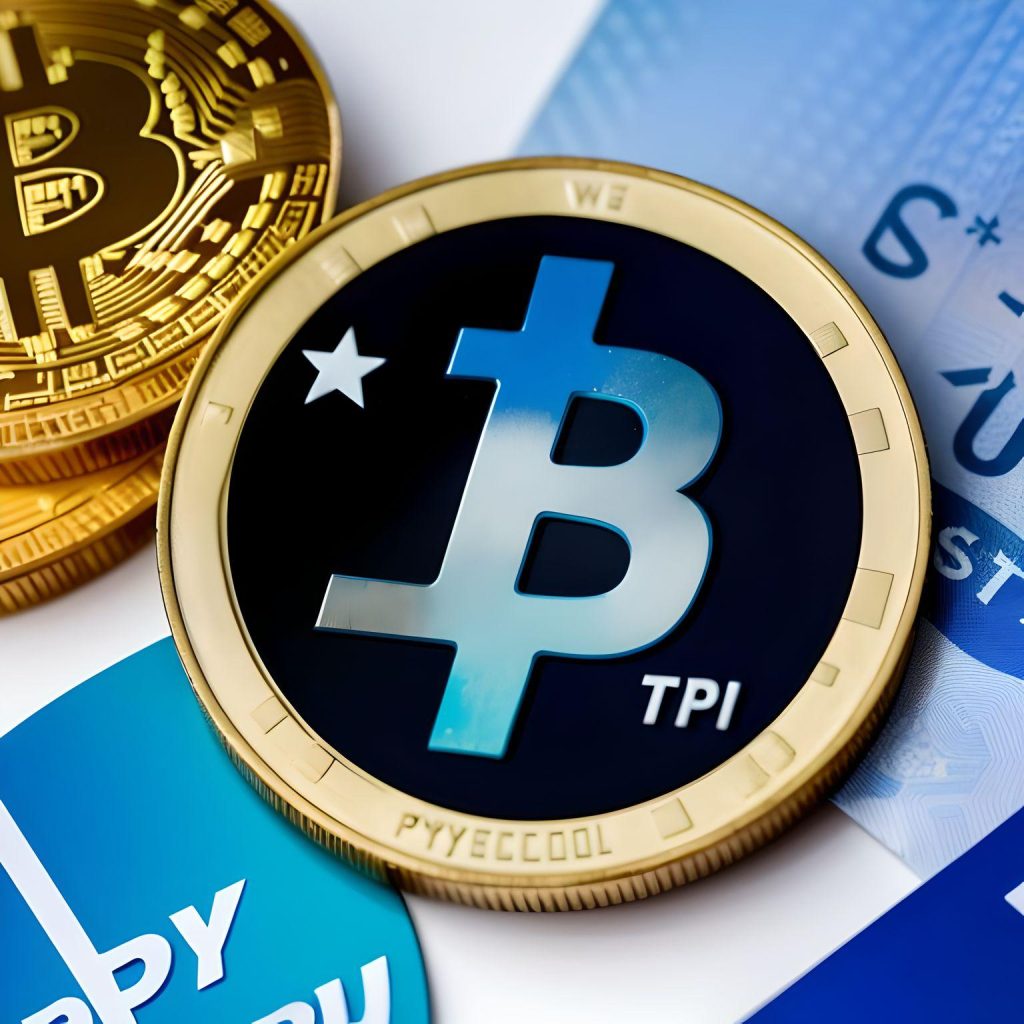The crypto market is being shaken by a $3 billion mystery.
One of the most rapidly expanding stablecoins, or digital currencies tied to fiat currencies such as the U.S. dollar that investors use to enter and exit the market for digital currencies, is TrueUSD. According to data, its market value since March has more than doubled to almost $3 billion, making it the fifth-largest stablecoin. Compared to less than 1% at the beginning of the year, its stablecoin volume share on centralized crypto exchanges has increased to 20%.
Its controller is unknown.
In March 2018, as co-founders of the San Francisco business TrustLabs, Rafael Cosman and Daniel Jaiyong An launched TrueUSD. The business, which eventually changed its name to Archblock, received money from Jump Trading, Andreessen Horowitz, Stanford University’s StartX, Peter Thiel’s Founders Fund, and the latter two organizations.
In December 2020, Archblock transferred ownership of TrueUSD’s intellectual property to a little-known business named Techteryx, but the company continued to administer the token and was in charge of managing its reserves, coordinating with banking partners, and monitoring compliance until July.
Techteryx has hardly any internet presence; Cosman defined it as an Asian coalition with enterprises in the real estate, entertainment, environmental, and information technology sectors in a post from 2021.
Stablecoins are backed by conventional assets like short-dated U.S. Treasury notes and are prone to customer runs, which is why regulators have pushed for more transparency in them. The corporations that back the tokens would have to liquidate conventional assets to repay customers’ money if holders sold them in large quantities, possibly igniting a fire sale that may spread to other areas of the financial system. Concerns about some stablecoins not actually being backed by the assets their issuers claim to hold have also been raised.
According to Clara Medalie, director of research at Kaiko, it is quite concerning if a stablecoin’s governance is uncertain. Even though TrueUSD has not yet become systemically significant to the cryptocurrency market, millions of traders worldwide could still be at risk.
Additionally, the TrueUSD co-founders are currently embroiled in a contentious legal dispute regarding the circumstances of An’s departure.
An claimed in a recent lawsuit that the stablecoin’s parent business was forced to fire An before the deal to purchase TrueUSD in 2020 was finalized by the crypto mogul Justin Sun. His comments fueled market rumours that Sun was responsible for TrueUSD’s sharp increase.
Sun has consistently denied having any connection to Techteryx or TrueUSD. As the creator of the blockchain business Tron, he is well-known in the cryptocurrency community. He effectively runs Huobi, a significant cryptocurrency exchange with roots in China, according to a recent article in The Wall Street Journal.
In addition to perhaps breaking American securities laws, Sun has made headlines for other reasons. In March, the Securities and Exchange Commission filed a lawsuit against Sun and three of his businesses on the grounds that they had offered unregistered securities and had manipulated the price of Sun’s Tronix, or TRX, cryptocurrency. He claims the lawsuit is without merit.
Sun was not a party to the TrueUSD deal, according to a Tron spokeswoman, who declined to make any additional comments.
Following the removal of spot bitcoin trading fees for the stablecoin by Binance, the biggest cryptocurrency exchange in the world, TrueUSD, also known as TUSD, emerged from relative obscurity in March. Investors hurried to purchase TrueUSD in order to enable free bitcoin trading, which greatly increased demand for the stablecoin. According to data from Arkham Intelligence, the exchange presently has more over 90% of the TrueUSD coins that are in use.
According to Austin Campbell, an adjunct professor at Columbia Business School and a former employee of Paxos, a stablecoin issuer and former Binance partner business, He is definitely wondering why Binance is doing this and why Binance is involved. They have unmistakably decided to give TrueUSD top priority on their platform.
In order to promote TrueUSD, Binance has insisted that it hasn’t made any agreements with Sun or anyone else. As the exchange has been cutting costs due to mounting financial and regulatory pressure, it is making an effort to strengthen the token. In the past, it had concentrated on growing Binance USD, its own stablecoin, and by last autumn, it had almost completely delisted its competitors.
Regulators in New York prohibited further issuance of the currency in February, and the SEC threatened legal action against Paxos, the company that had previously issued Binance USD. From more than $23 billion at its height, Binance USD’s market valuation has now decreased to $3.4 billion.
A little-known stablecoin called First Digital USD, which is issued by Hong Kong-based First Digital Labs, will no longer incur spot bitcoin trading fees, according to a recent announcement from Binance.
According to a spokeswoman, Binance prefers stablecoins “in markets that foster innovation that are transparent, regulated, and have good partnerships with banking institutions.
He continued, TUSD is the first of hopefully many new stablecoin products that will be made available to users.








